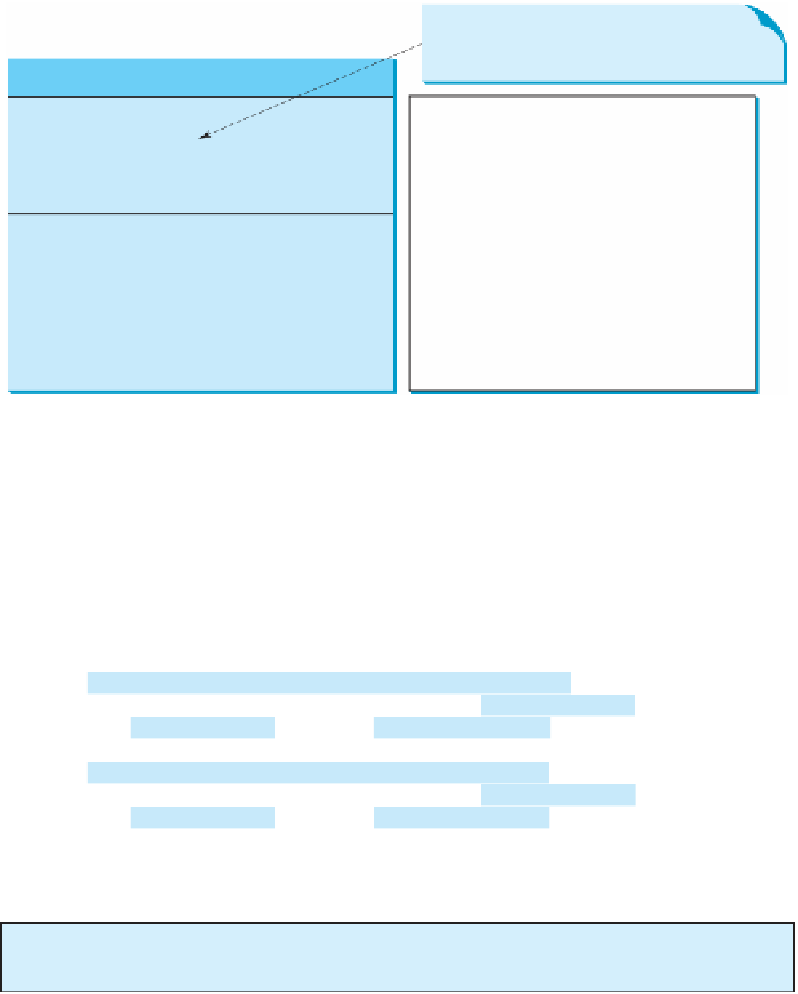Java Reference
In-Depth Information
The get methods for these data fields
are provided in the class, but omitted in the
UML diagram for brevity.
VideoNote
The BMI class
BMI
-name: String
-age: int
-weight: double
-height: double
The name of the person.
The age of the person.
The weight of the person in pounds.
The height of the person in inches.
Creates a
BMI
object with the specified
name, age, weight, and height.
Creates a BMI object with the specified
name, weight, height, and a default age 20.
Returns the BMI
Returns the BMI status (e.g., normal,
overweight, etc.)
+BMI(name: String, age: int, weight:
double, height: double)
+BMI(name: String, weight: double,
height: double)
+getBMI(): double
+getStatus(): String
F
IGURE
10.5
The
BMI
class encapsulates BMI information.
Assume that the
BMI
class is available. Listing 10.3 gives a test program that uses this
class.
L
ISTING
10.3
UseBMIClass.java
1
public class
UseBMIClass {
2
public static void
main(String[] args) {
3
4 System.out.println(
"The BMI for "
+
BMI bmi1 =
new
BMI(
"Kim Yang"
,
18
,
145
,
70
);
create an object
invoke instance method
bmi1.getName()
+
" is "
5 +
bmi1.getBMI()
+
" "
+
bmi1.getStatus()
);
6
7
8 System.out.println(
"The BMI for "
+
BMI bmi2 =
new
BMI(
"Susan King"
,
215
,
70
);
create an object
invoke instance method
bmi2.getName()
+
" is "
9 +
bmi2.getBMI()
+
" "
+
bmi2.getStatus()
);
10 }
11 }
The BMI for Kim Yang is 20.81 Normal
The BMI for Susan King is 30.85 Obese
Line 3 creates the object
bmi1
for
Kim Yang
and line 7 creates the object
bmi2
for
Susan
King
. You can use the instance methods
getName()
,
getBMI()
, and
getStatus()
to
return the BMI information in a
BMI
object.
The
BMI
class can be implemented as in Listing 10.4.
L
ISTING
10.4
BMI.java
1
public class
BMI {
2
private
String name;
3
private int
age;
4
private double
weight;
// in pounds
5
private double
height;
// in inches
6
public static final double
KILOGRAMS_PER_POUND =
0
.
45359237
;














